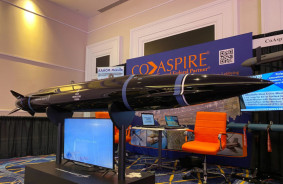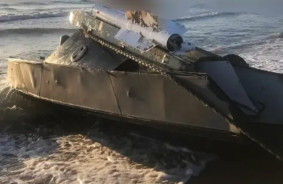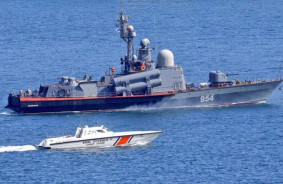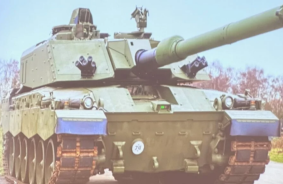Ukrainian forces have developed a bomb utilizing the fuel cell from a Toyota Mirai hydrogen vehicle. This innovation allowed them to strike the enemy with a very small hydrogen bomb. The event occurred during the July counteroffensive in Volchansk, in the Kharkiv region.
The enemy was retreating after a failed attack and had taken refuge at a factory near the city. Ukrainian soldiers nearly surrounded the invaders but lacked the firepower for a direct assault on the factory. The available drones could not carry the required payload. To solve these issues, they resorted to improvised explosive devices — vehicles with electric drives. Essentially, the Ukrainian fighters chose ground transport to house over 200 kg of explosives made from the hydrogen fuel cell of the Toyota Mirai.
The Mirai operates on hydrogen and derives its energy by transferring H2 from a high-pressure container to the fuel cell. This cell generates electricity to power the car's electric motors. The tank weighs approximately 52 kg and can hold just over 5 kg of hydrogen at a pressure of 4536 psi.
The tank needs to be robust, as it must withstand pressure equivalent to 10,206 kg underwater. This is due to the fact that the hydrogen within has a high potential energy of 33.6 Wh/kg or about 677.6 MJ for the entire tank. This is roughly equivalent to 162 kg of TNT. Combined with an unknown amount of plastic explosives (likely in the tens of kg), the Ukrainian fighters created a highly effective and inexpensive bomb capable of penetrating a bunker.
The bomb was placed in a remote-controlled vehicle that traversed a partially damaged bridge. It was concealed from the Russians by trees and managed to reach the eastern part of the factory. There, the homemade bomb detonated, resulting in a mushroom cloud and significant fire. It is believed that the bomb struck a Russian ammunition depot.
The explosion breached the Russians' fortifications and created vulnerabilities in their defense. This allowed the Ukrainian forces to seize positions and jeopardized the supply lines that support the Russian troops at the assembly plant.
Source: interestingengineering














Comments (0)
There are no comments for now